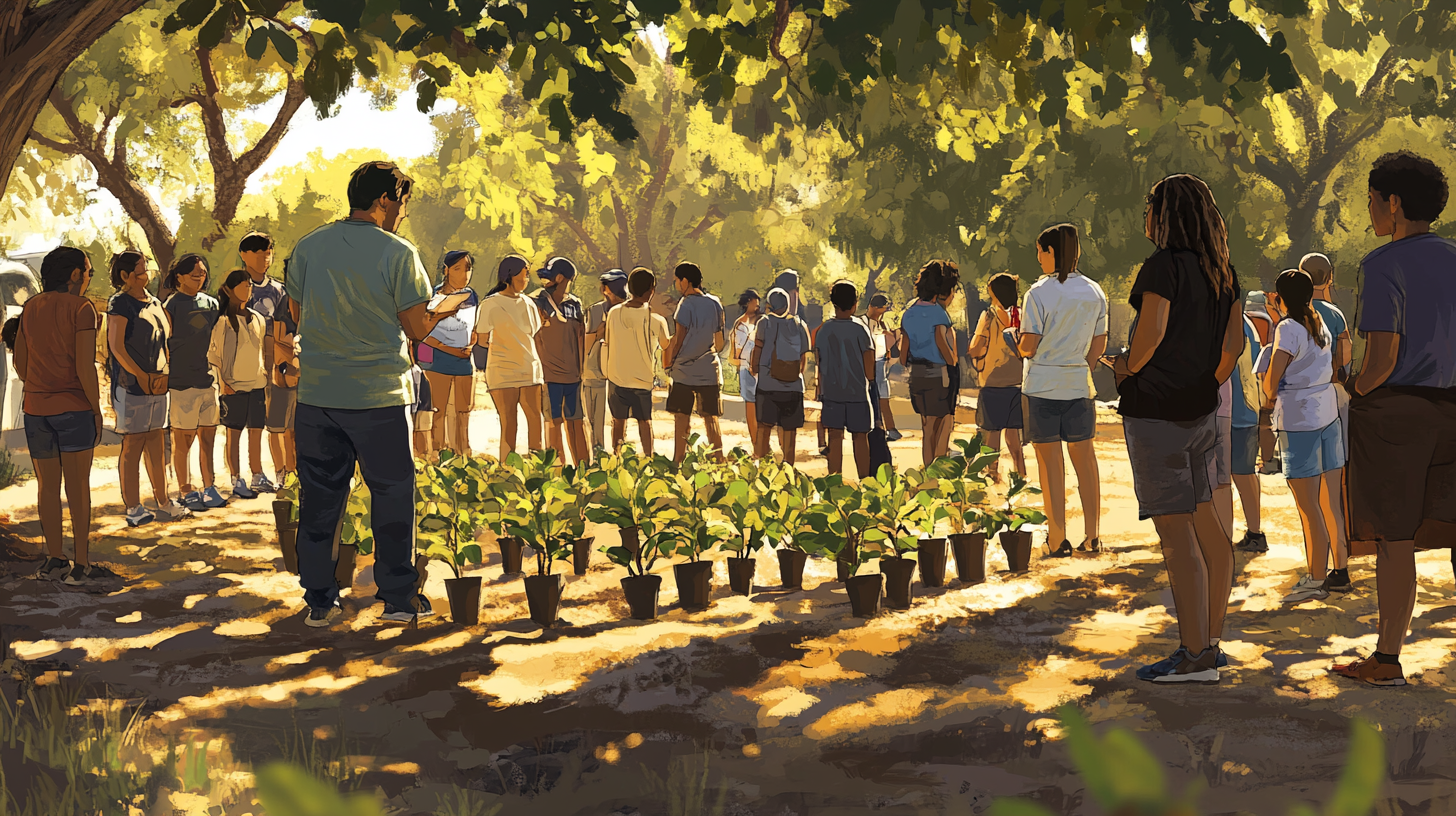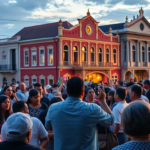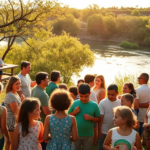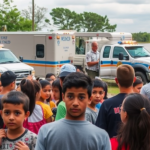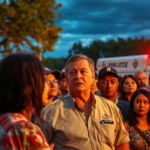**STC Students Unite for Conservation at 30th Annual Rio Reforestation**
In a thriving display of community spirit and environmental stewardship, over 120 South Texas College (STC) students recently participated in the 30th Annual Rio Reforestation event. Hosted by the U.S. Fish and Wildlife Service, this significant initiative saw the planting of 15,000 native seedlings over 15 acres aimed at restoring habitats and enhancing biodiversity, benefiting the entire Rio Grande Valley (RGV) region.
Collaborative Effort for Environmental Restoration
The Rio Reforestation project, part of STC’s College & Community Connections Project, represents a concerted effort to engage students in service learning while simultaneously addressing pressing environmental challenges in the Valley. At its core, the project seeks to restore critical habitats for native wildlife, including more than 400 species of migratory birds, thereby contributing to the preservation of ecosystems vital to the region’s biodiversity.
Marc Cardenas, president of the STC Student Government Association, commented on the transformative nature of the event, stating, “We’re not just planting trees; we’re making a difference for the future of our environment. It’s rewarding to see how our collective efforts can lead to substantial change.”
Local Impact: A Greener Future for the RGV
Specific to the Rio Grande Valley, this year’s event was held at the Lower Rio Grande Valley National Wildlife Refuge’s Milagro Tract. By nurturing diverse plant species adapted to the local climate, efforts such as these aim to mitigate challenges associated with habitat loss and climate change, ensuring a healthier and more resilient environment for Valley residents.
Abdaly Avilez, STC Student Activities Specialist, highlighted the broader implications of such initiatives, stating, “We are proud to see our students actively involved in community service. Their contributions will have a lasting impact on our local environment and inspire future generations to continue this important work.”
For participants, the reforestation project provided practical experience and reinforced lessons from their academic pursuits, particularly in environmental science. It emphasized the importance of taking tangible steps towards sustainability and preserving the natural landscape of the RGV.
Historical Context and Ongoing Efforts
The Rio Reforestation initiative is deeply rooted in a tradition of ecological restoration efforts in the RGV, commemorating three decades of advocacy and action. Over the years, similar projects have underscored the community’s dedication to addressing environmental concerns and cultivating a sustainable future.
Local conservation groups and volunteers have consistently collaborated towards the shared goal of ecosystem recovery. This long-standing commitment highlights the community interest in maintaining and enhancing the environmental integrity of the Valley, ensuring the region remains a thriving habitat for diverse species.
Future Implications and Opportunities
Looking ahead, the continued success of such programs could strengthen partnerships between educational institutions, local governments, and environmental organizations, fostering increased investments in sustainable practices across South Texas.
Furthermore, the participation of young students in conservation efforts instills valuable lessons of stewardship. As Marc Cardenas aptly noted, “Our actions today will echo into the future, shaping how we manage and protect our planet.”
Avilez echoed this sentiment, emphasizing the transformative power of collective action. “By working together, the STC Jaguars showcased the power of collaboration, demonstrating that small actions like planting a single tree can collectively lead to significant, lasting change.”
Community Resources and Get Involved
For community members interested in supporting or participating in future reforestation efforts, there are ample opportunities to get involved. Information about upcoming initiatives can be found through local wildlife organizations or educational institutions like STC. Through active participation, residents can contribute toward ensuring a sustainable future for the Rio Grande Valley.
In summary, the 30th Annual Rio Reforestation event not only addressed the immediate need for habitat restoration but also symbolized a broader commitment to sustainability and environmental awareness within the RGV. As Valley residents continue to engage in such transformative activities, they pave the way for a greener, more sustainable future for all.

